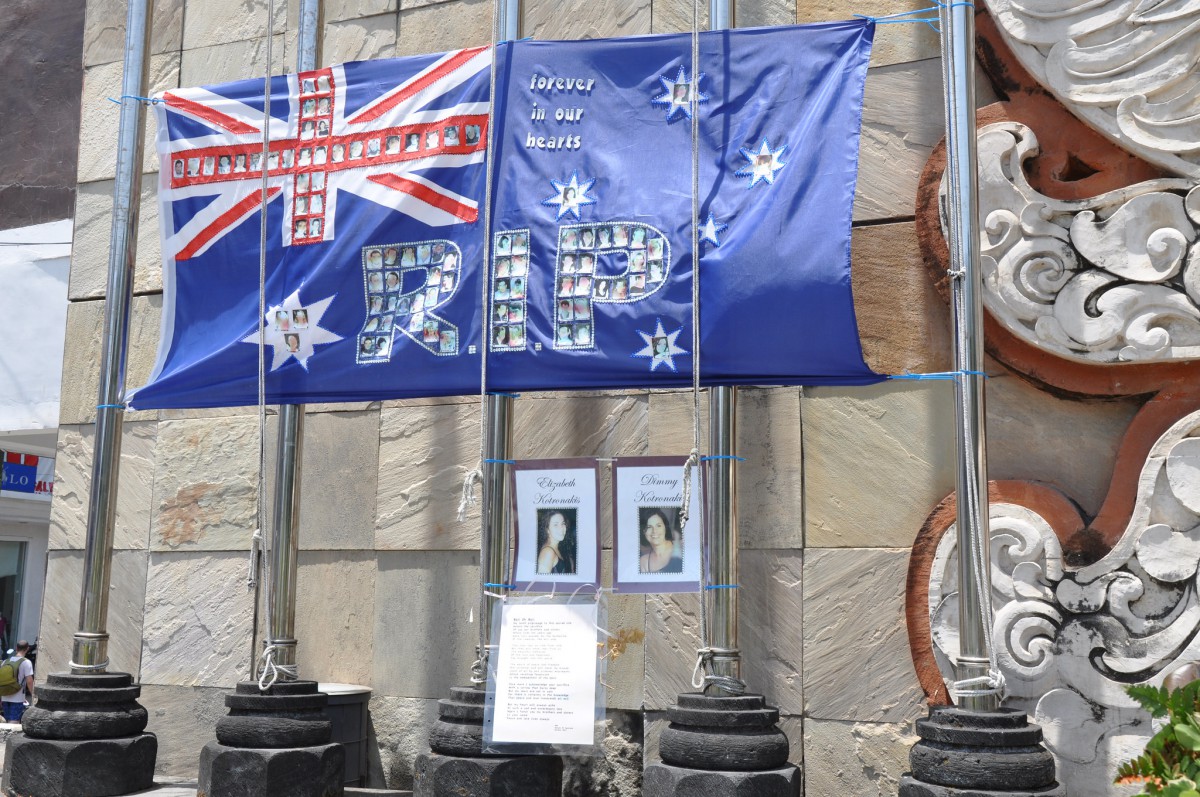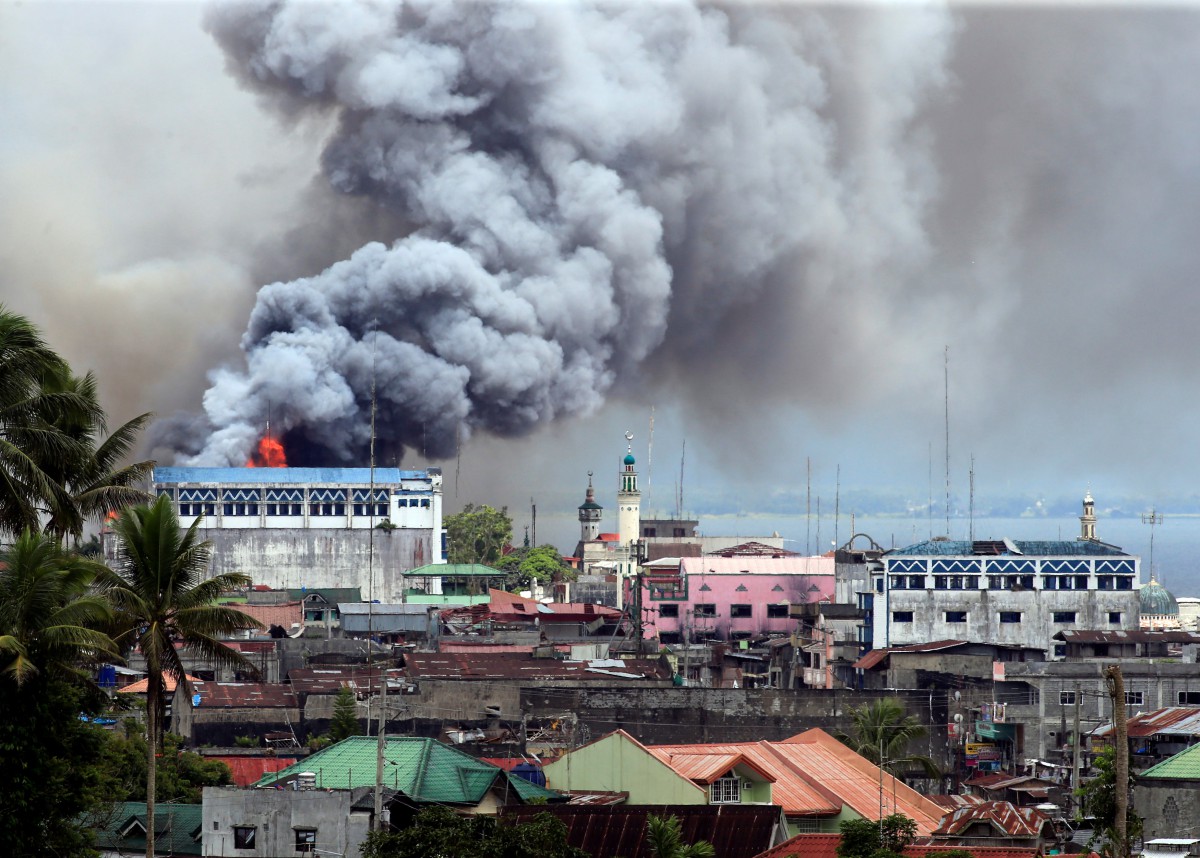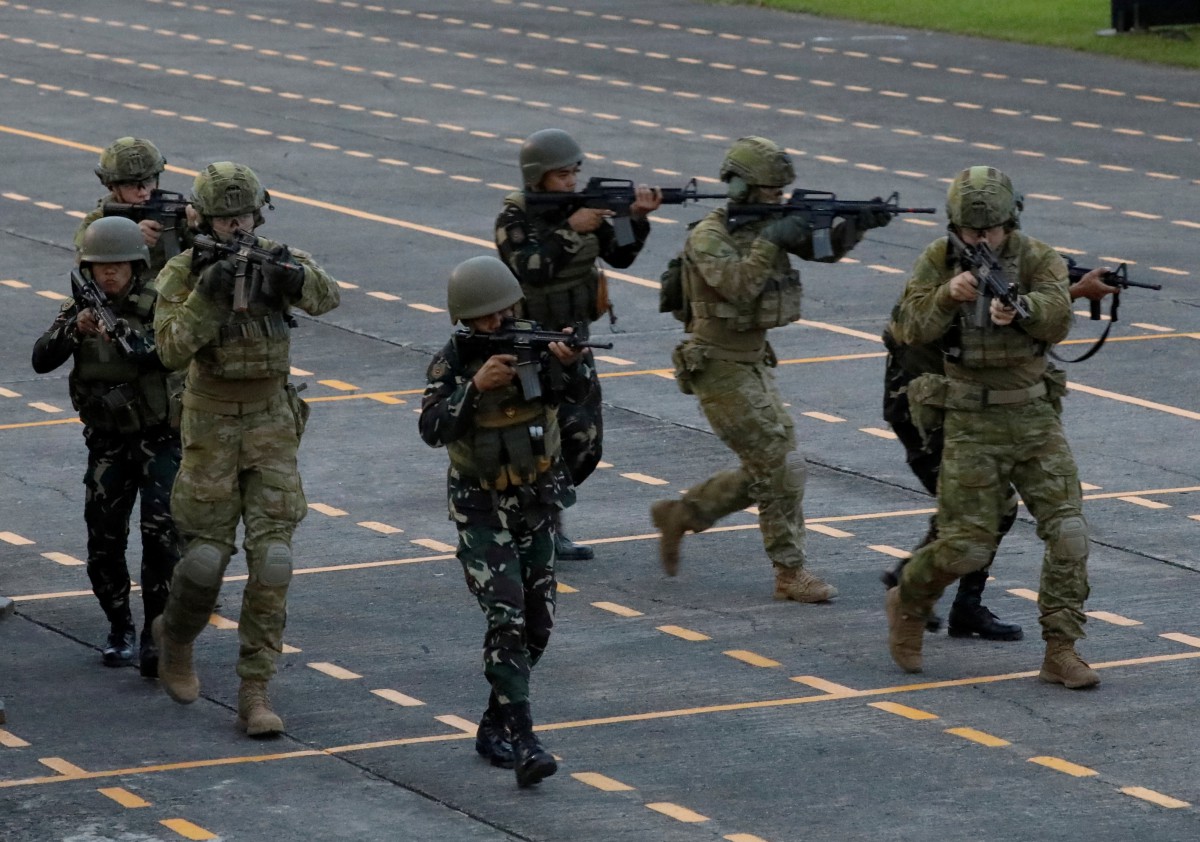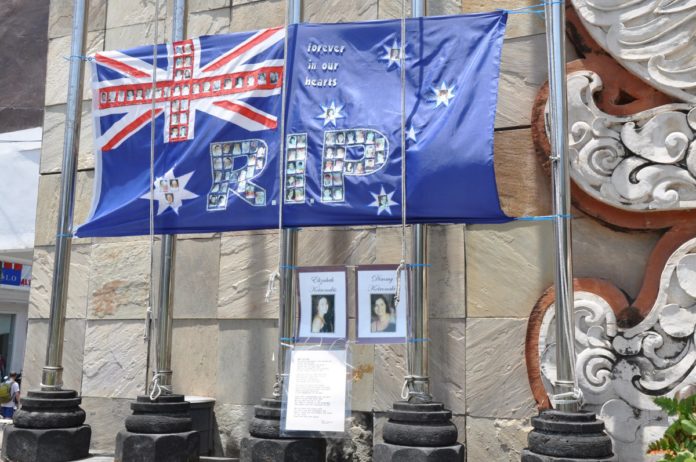DESPITE parts of Southeast Asia experiencing the scourge of Islamist terrorism for decades, the ten member-states of the Association of Southeast Asian Nations (Asean) have in the past struggled to co-operate to tackle the jihadist threat.
After a spate of attacks in the 2000s carried out by Jemaah Islamiyah in Indonesia and Abu Sayyaf bandits in the southern Philippines, the regional bloc made determined efforts to forge a region-wide response. These well-intentioned moves to implement a multilateral counter-terrorism framework ended up amounting to little more than a set of non-binding protocols and agreements outlining desired outcomes and suggesting best practices for member-states to follow, rather than ushering in a new era of enhanced security cooperation between countries in the region.
Last year’s five-month siege of Marawi by Islamic State-aligned militants however, proved to be a game-changer. The militants’ brazen attempt to take over a mid-sized city of more than 200,000 people and forge a Southeast Asian ISIS province centred on the Philippines’ war-ravaged southern island of Mindanao reignited the lingering threat, finally sparking the region’s authorities into action.
SEE ALSO: Philippines most affected by terrorism in Asia Pacific
Southeast Asia has long been afflicted by the presence of local, regional and transnational terrorist groups. Mindanao has been the site of an intractable armed Islamist insurgency since the early-1970s, which started off as a separatist movement but later spawned radical groups such as Abu Sayyaf and the Bangsamoro Islamic Freedom Fighters (BIFF). Meanwhile Indonesia suffered a string of attacks at the hands of homegrown militant group Jemaah Islamiyah (JI) in the 1990s and 2000s, supported by Al-Qaeda cells operational within the country. The presence of these groups also caused significant alarm in neighbouring Malaysia and Singapore, whilst sparking fears in the wider region.
Terror groups were able to establish a home in the Southeast Asia’s maritime states, taking advantage of porous sea borders and areas of weak state presence to set up training camps and bases from which to plan and launch attacks. This was especially true for remote parts of the Indonesian archipelago and in the lawless chain of Philippine islands which divides the Sulu and Celebes seas. In 2002 more than 200 people were killed in suicide attacks by JI targeting nightclubs on the Indonesian resort island of Bali, before Abu Sayyaf bombed a packed passenger ferry in Manila Bay in 2004, killing 116 civilians.

Memorial to the 202 people killed in a nightclub bombing on 12 October 2002 in Bali, Indonesia. Source: Jorge Láscar/Flickr
These high-profile attacks in the post-9/11 era prompted Asean to introduce a raft of measures intended to combat terrorism. The most important of these was the 2007 Asean Convention on Counter-Terrorism (ACCT), designed to ‘‘provide for the framework for regional cooperation to counter, prevent and suppress terrorism in all its forms’’ and ‘‘deepen cooperation among law enforcement agencies’’. However, the convention was not ratified by all ten member-states until 2013, and remained merely a set of guidelines with no enforcement or compliance mechanism. Several other region-wide agreements including the 2009 Asean Comprehensive Plan of Action on Counter-Terrorism (CPACT) have only had a marginal influence.
The impact of these counter-terrorism measures has been limited for several reasons. Asean’s strict adherence to consensus-based decision-making and the principle of non-interference has faced criticism, whilst the bloc’s use of vague language and its lack of enforcement capabilities have prevented the introduction of concrete region-wide measures to tackle terrorism. The grouping has often been described as a forum for discussion rather than a powerful body willing to push its members into taking firm action.
SEE ALSO: Ties between Southeast Asia and Bangladesh’s jihadis growing
The varied threat level across Asean and the differing military and financial capabilities of its ten member-states has also hindered cooperation. For example, the threat from Islamist terrorism may be high in countries such as the Philippines, Malaysia, Indonesia and Singapore, whilst their armed forces are also relatively well-resourced. In comparison, countries such as Cambodia, Laos and Vietnam face a far lower threat, and may not be prepared or equipped to contribute resources to the fight. The past reluctance of Asean nations to share intelligence or permit foreign troops to operate across national boundaries has also blocked greater co-operation in the field of counter-terrorism.
Historically, Asean’s ten member-states have displayed a preference for strengthening domestic legislation and signing bilateral level agreements to tackle terrorism, seeing the threats as national rather than regional or global in nature, and therefore not requiring a multilateral response.

Black smoke comes from a burning building in a commercial area of Osmena street in Marawi city, Philippines June 14, 2017. Source: Reuters
That was until jihadists stormed the southern Philippine city of Marawi in May last year. The threat which had lain dormant beneath the surface since the decline of JI in the late 2000s had suddenly re-emerged in a form that was clearly regional in nature as Islamic State announced their intention to carve out a Southeast Asian caliphate. Leaders quickly realised the need for closer co-operation to prevent the violence spreading, amid fears of further ISIS-inspired attacks and terrorist infiltration across borders.
Even before the Marawi siege ended in October, regional leaders gathered on several occasions to discuss responses to the evolving threat. Indonesian President Joko Widodo described Marawi as a ‘‘wake-up call’’ regarding the threat posed to Southeast Asia, whilst Malaysian Prime Minister Najib Razak reaffirmed his country’s commitment to tackle Islamist terror groups in the region. In September, security officials from all ten Asean states took part in a specially-convened meeting on the ‘Rise of Radicalisation and Violent Extremism’ in the region, whilst terrorism also topped the agenda at November’s 31st Asean Summit hosted by Philippine President Rodrigo Duterte in Manila.
SEE ALSO: How prepared is Singapore amid Southeast Asia’s raised terror threat?
The discussions sparked by the takeover of Marawi first resulted in strengthened bilateral and trilateral measures agreed between the states most affected. In June, Indonesia, Malaysia and the Philippines began conducting naval patrols in the Sulu Sea to restrict the movement of jihadist fighters to-and-from Mindanao. These measures were later bolstered by the addition of co-ordinated air patrols to spot suspicious activity from the skies. Indonesia and the Philippines have also agreed to establish a hotline to alert one another about security threats along their shared maritime frontier.
More recently two multilateral regional counter-terror initiatives have been established, indicating that Asean nations now appear more willing to cooperate on a collective basis than in the past.
In mid-November, the Southeast Asian Counter-Terrorism Financing Working Group (SACTFWG) was established to crack down on the funding of terrorist groups linked to ISIS. The new regional grouping will include law enforcement agencies from across Southeast Asia, and will be led by the Philippines’ Anti-Money Laundering Council and Australia’s Transaction Reports and Analysis Centre (AUSTRAC).

Australian and Philippine soldiers demonstrate an anti-terror training drill at Camp Aguinaldo, on the sidelines of the Association of South East Asian Nations Summit, in Quezon City, metro Manila, Philippines, November 13, 2017. Source: Reuters/Dondi Tawatao
Then in a landmark agreement on 25 January six Asean members – Brunei, Indonesia, Malaysia, the Philippines, Singapore and Thailand – signed-up to a new intelligence-sharing pact labelled the ‘Our Eyes’ initiative. The agreement is expected to facilitate the most extensive counter-terrorism cooperation within Asean to date. It will see senior defence officials from the participating nations meet twice a month, and will allow for the development of a new database of suspected militants which can be accessed by law enforcement agencies across the region.
At its launch, Malaysia’s Deputy Defence Minister Mohd Johari Baharum said the initiative would be crucial in enabling a collective response to emerging security threats which are ‘‘complex and trans-boundary in nature’’. It is hoped that the four remaining Asean states will later join the group, as well as external actors with a stake in the region’s stability such as Australia, India, Japan and the US.
SEE ALSO: Philippines: Duterte vows to crush drugs, terrorism in second SONA
The crisis in Marawi certainly got the region’s leaders thinking about how to better pool resources to tackle the growing threat from Islamist terrorism; but it has not yet resulted in an all-encompassing strategy involving all ten of Asean’s member-nations. Such an aim will always be difficult to achieve, due to the huge variation in threat along with the differing capabilities and priorities of Asean states.
However, ad-hoc collaborative responses have emerged involving the countries most concerned, on a scale not witnessed previously in the region. Indonesia, Malaysia and the Philippines have looked to work with other interested parties to find workable and pragmatic multilateral solutions to the most pressing and immediate problems facing the region’s vulnerable maritime states.
With a series of overlapping bilateral, trilateral and multilateral mechanisms now in place, Asean integration in the sphere of counter-terrorism has been significantly upgraded. In the post-Marawi era of elevated risk, a set of guidelines which meant little in practice is rapidly being superseded by a more coordinated regional strategy, aimed at tackling the most critical threat facing Southeast Asia today.





